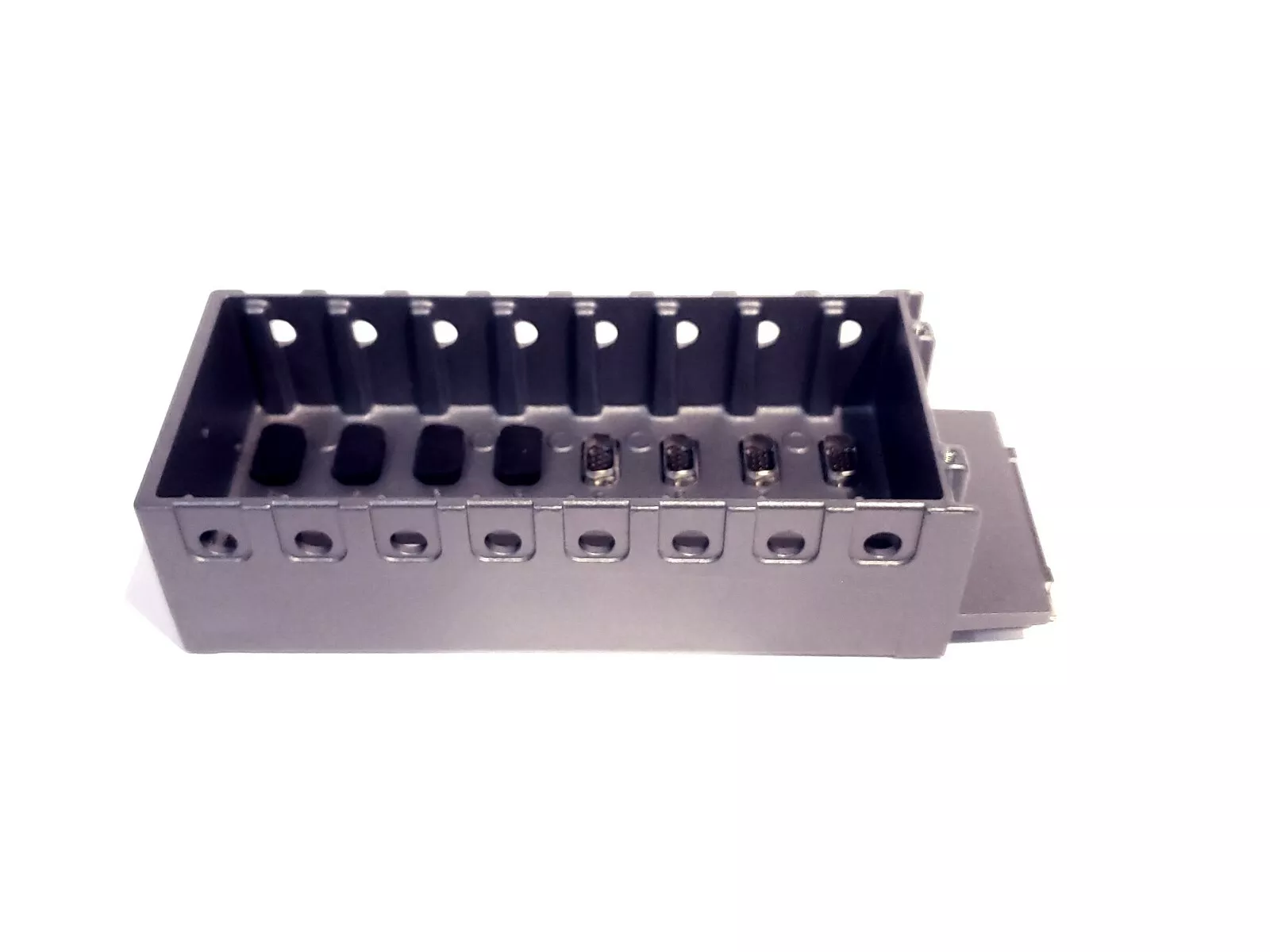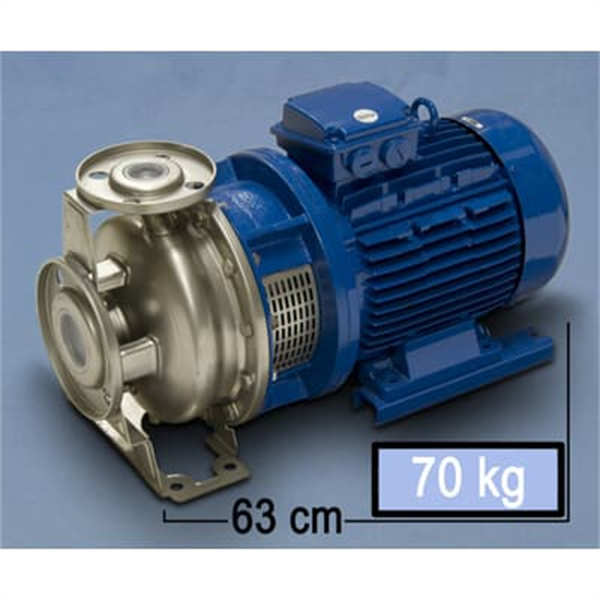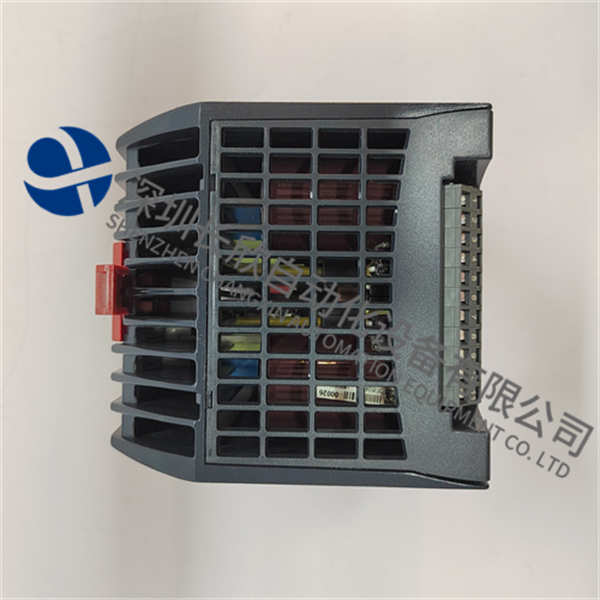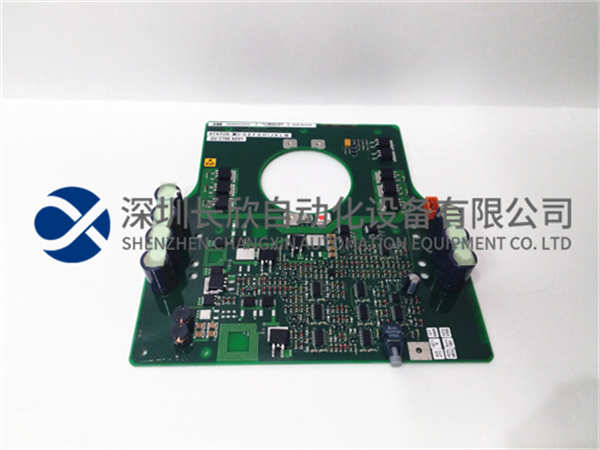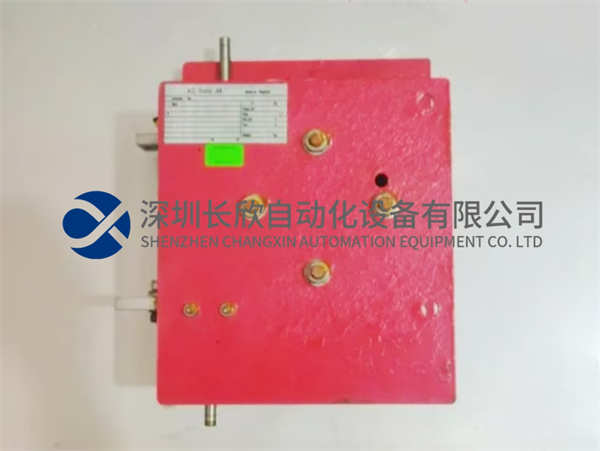描述
NI cRIO-9104产品详情
一、产品概述
NI cRIO-9104是美国国家仪器(National Instruments,NI)推出的一款高性能CompactRIO控制器,专为工业自动化、嵌入式控制和实时监测应用设计。它结合了实时处理器、可重构FPGA和模块化I/O架构,提供高可靠性、灵活性和强大的计算能力,适用于复杂的数据采集、信号处理和控制任务。
二、核心特性
实时处理器
处理器类型:基于Intel Atom或Pentium系列(具体型号可能因版本而异),提供高性能的实时计算能力。
实时操作系统:支持NI Linux Real-Time或VxWorks(取决于配置),确保确定性响应和低延迟控制。
存储与内存:配备大容量固态硬盘(SSD)和DDR3 RAM,支持数据日志记录和复杂算法运行。
可重构FPGA
FPGA型号:Xilinx Kintex-7或Spartan-6系列(具体型号因版本而异),提供高并行处理能力。
功能:支持自定义逻辑设计,实现高速信号处理、定制控制算法或硬件加速。
开发工具:通过NI LabVIEW FPGA模块进行图形化编程,简化开发流程。
模块化I/O架构
C Series模块支持:兼容NI C Series I/O模块,提供模拟输入/输出、数字输入/输出、计数器/定时器、通信接口(如CAN、RS485)等多样化功能。
扩展性:支持多达8个C Series模块,可根据应用需求灵活配置。
坚固耐用的设计
工业级封装:无风扇设计,适用于-40°C至70°C的宽温环境,抗振动和冲击。
防护等级:IP67防护等级(部分型号),适合恶劣工业环境。
电源输入:支持宽电压输入(如9-36 VDC),适应不同电源条件。
连接性与通信
以太网接口:千兆以太网端口,支持高速数据传输和远程监控。
其他接口:USB、RS232、CAN等(具体接口因型号而异),方便与外部设备连接。
无线选项:部分型号支持Wi-Fi或蜂窝网络模块,实现无线通信。
软件支持
开发环境:NI LabVIEW、NI LabVIEW Real-Time、NI LabVIEW FPGA模块,提供完整的开发工具链。
兼容性:与NI软件生态系统无缝集成,支持NI InsightCM、NI SystemLink等管理工具。
三、典型应用场景
工业自动化:机器控制、过程监控、设备健康管理。
能源管理:可再生能源系统(如太阳能、风能)的监测与控制。
交通运输:车辆测试、轨道交通信号控制。
航空航天与国防:无人机控制、雷达信号处理。
科研与教育:数据采集、原型设计、教学实验。
四、技术规格(示例)
参数描述
处理器Intel Atom E3845,1.91 GHz,4核
FPGA Xilinx Kintex-7 XC7K355T-2FFG900
内存4 GB DDR3 RAM
存储32 GB SSD
I/O扩展8个C Series模块插槽
以太网2 x 1 GbE
USB 2 x USB 2.0
电源输入9-36 VDC
工作温度-40°C至70°C
尺寸25.4 cm x 10.2 cm x 8.9 cm
重量约2.3 kg
五、优势总结
高性能:实时处理器与FPGA结合,满足复杂控制需求。
灵活性:模块化设计,支持快速定制和扩展。
可靠性:工业级设计,适应恶劣环境。
易用性:NI LabVIEW图形化编程,降低开发门槛。
生态支持:与NI软件和硬件生态无缝集成,简化系统集成。
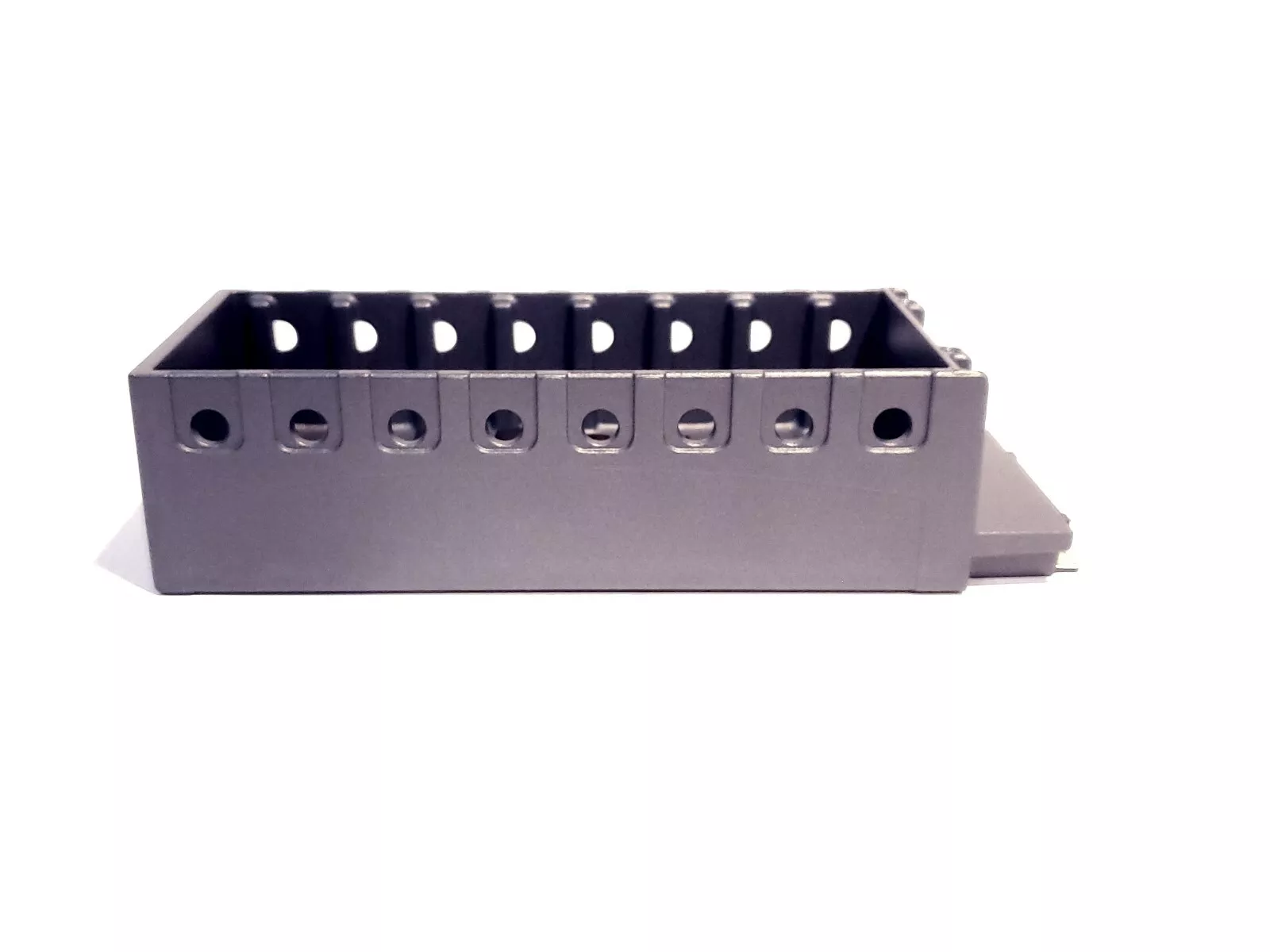
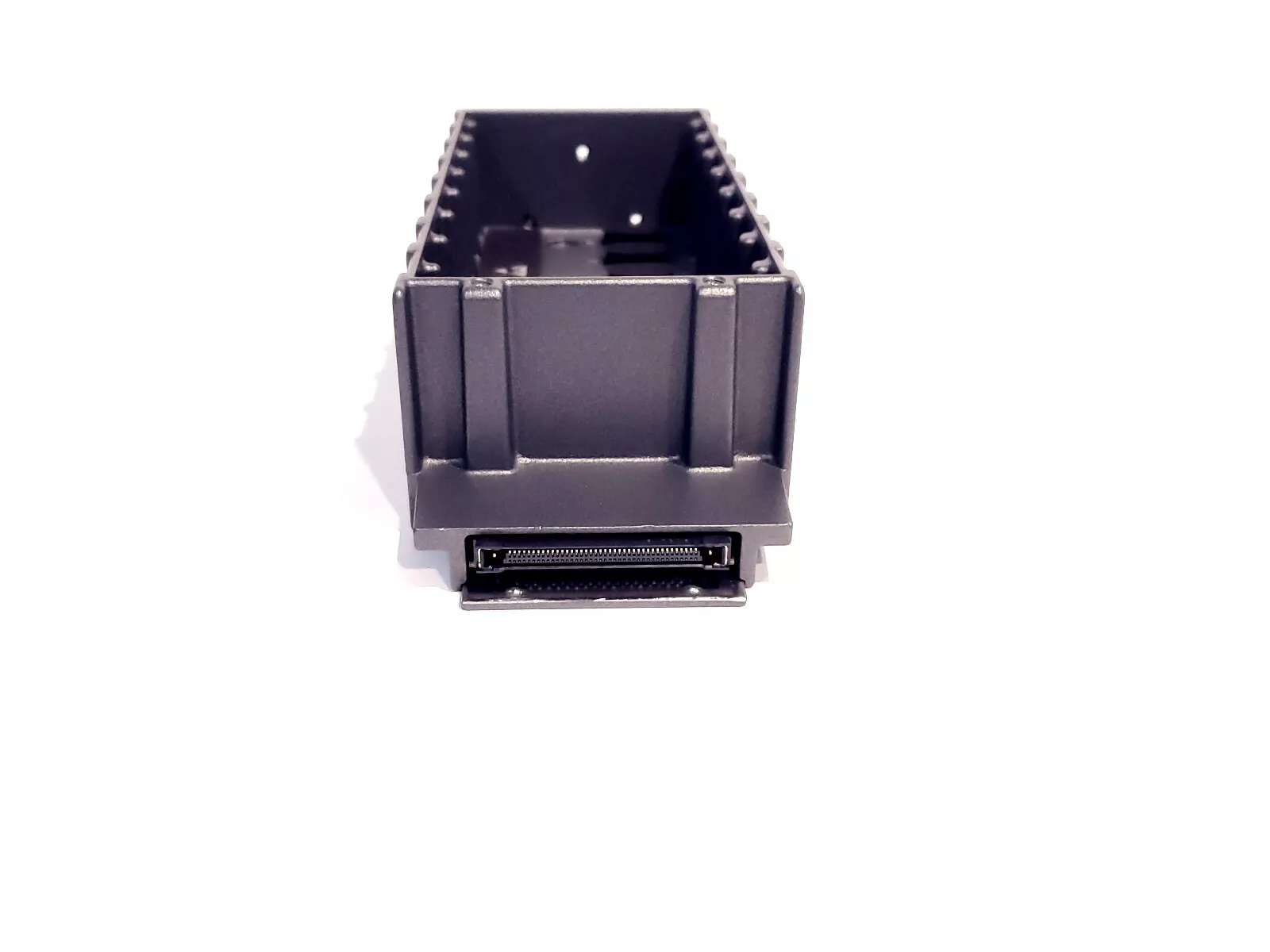
NI cRIO-9104 Product Details
I.Product Overview
NI cRIO-9104 is a high-performance CompactRIO controller launched by National Instruments(NI),designed for industrial automation,embedded control and real-time monitoring applications.It combines a real-time processor,a reconfigurable FPGA and a modular I/O architecture to provide high reliability,flexibility and powerful computing power for complex data acquisition,signal processing and control tasks.
II.Core Features
Real-time processor
Processor type:Based on Intel Atom or Pentium series(specific models may vary depending on the version),providing high-performance real-time computing capabilities.
Real-time operating system:Supports NI Linux Real-Time or VxWorks(depending on the configuration)to ensure deterministic response and low-latency control.
Storage and memory:Equipped with a large-capacity solid-state drive(SSD)and DDR3 RAM to support data logging and complex algorithm operation.
Reconfigurable FPGA
FPGA models:Xilinx Kintex-7 or Spartan-6 series(specific models vary by version),providing high parallel processing capabilities.
Function:Supports custom logic design for high-speed signal processing,custom control algorithms,or hardware acceleration.
Development tools:Graphical programming through the NI LabVIEW FPGA module simplifies the development process.
Modular I/O architecture
C Series module support:Compatible with NI C Series I/O modules,providing diverse functions such as analog input/output,digital input/output,counter/timer,and communication interfaces(such as CAN,RS485).
Scalability:Supports up to 8 C Series modules and can be flexibly configured according to application requirements.
Rugged design
Industrial-grade packaging:Fanless design,suitable for wide temperature environments from-40°C to 70°C,and resistant to vibration and shock.
Protection level:IP67 protection level(some models),suitable for harsh industrial environments.
Power input:supports wide voltage input(such as 9-36 VDC)to adapt to different power conditions.
Connectivity and communication
Ethernet interface:Gigabit Ethernet port,supports high-speed data transmission and remote monitoring.
Other interfaces:USB,RS232,CAN,etc.(specific interfaces vary by model),convenient for connection with external devices.
Wireless options:Some models support Wi-Fi or cellular network modules for wireless communication.
Software support
Development environment:NI LabVIEW,NI LabVIEW Real-Time,NI LabVIEW FPGA module,providing a complete development tool chain.
Compatibility:seamless integration with the NI software ecosystem,supporting management tools such as NI InsightCM and NI SystemLink.
III.Typical application scenarios
Industrial automation:machine control,process monitoring,equipment health management.
Energy management:monitoring and control of renewable energy systems(such as solar energy and wind energy).
Transportation:vehicle testing,rail transit signal control.
Aerospace and defense:drone control,radar signal processing.
Scientific research and education:data acquisition,prototype design,teaching experiments.
4.Technical Specifications(Example)
Parameter Description
Processor Intel Atom E3845,1.91 GHz,4 cores
FPGA Xilinx Kintex-7 XC7K355T-2FFG900
Memory 4 GB DDR3 RAM
Storage 32 GB SSD
I/O Expansion 8 C Series module slots
Ethernet 2 x 1 GbE
USB 2 x USB 2.0
Power Input 9-36 VDC
Operating Temperature-40°C to 70°C
Dimensions 25.4 cm x 10.2 cm x 8.9 cm
Weight Approximately 2.3 kg
5.Advantages Summary
High performance:Real-time processor combined with FPGA to meet complex control requirements.
Flexibility:Modular design supports rapid customization and expansion.
Reliability:Industrial-grade design,adaptable to harsh environments.
Ease of use:NI LabVIEW graphical programming,lowering the development threshold.
Ecosystem support:Seamless integration with the NI software and hardware ecosystem simplifies system integration.

